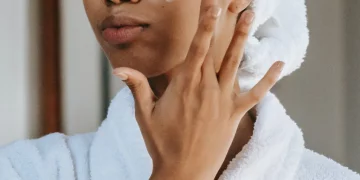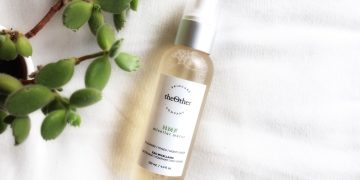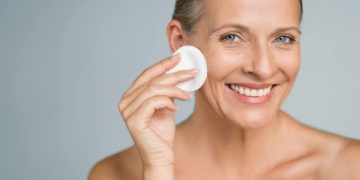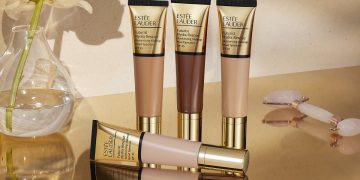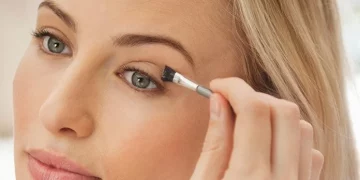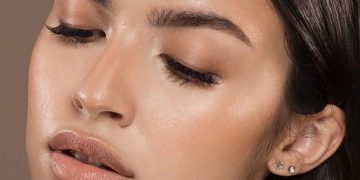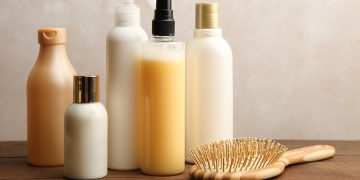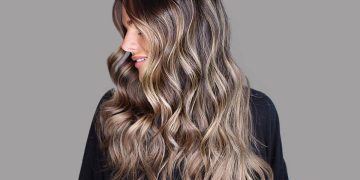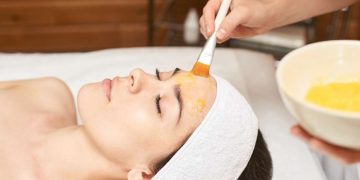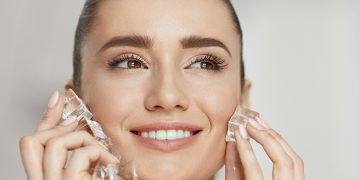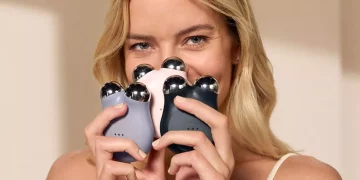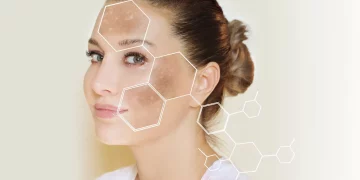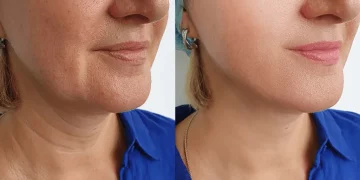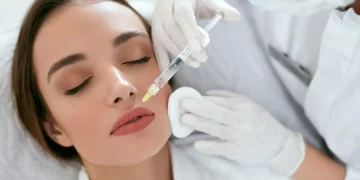When it comes to achieving a more youthful appearance and addressing signs of aging, two of the most popular cosmetic treatments are Botox and dermal fillers. Both have gained widespread popularity due to their non-surgical nature, minimal downtime, and effective results. However, despite their similar purpose of rejuvenating the skin, Botox and dermal fillers are distinct in their techniques, applications, and effects. Understanding their differences will help you decide which one is right for your aesthetic goals.
This article will break down the similarities and differences between dermal fillers and Botox, explain how each treatment works, and provide guidance on how to choose the best option for your specific needs.
What is Botox?
Botox, short for Botulinum toxin, is a neurotoxin that temporarily paralyzes the muscles responsible for causing wrinkles. It works by blocking nerve signals that trigger muscle contractions, effectively relaxing the muscles in the treatment area. This can smooth out dynamic wrinkles—those caused by repetitive facial movements like frowning, squinting, or smiling.
Botox is most commonly used to treat the following areas:
- Forehead lines: Horizontal lines that appear when raising your eyebrows.
- Frown lines: The vertical lines between the eyebrows (also known as “11 lines”).
- Crow’s feet: Wrinkles at the outer corners of the eyes that appear when smiling or squinting.
- Bunny lines: Wrinkles on the nose caused by scrunching the nose.
The results of Botox typically appear within 3–7 days of treatment, with effects lasting around 3–6 months. Since Botox works by relaxing the underlying muscles, it’s ideal for treating dynamic wrinkles caused by facial expressions.
What Are Dermal Fillers?
Dermal fillers are injectable substances used to restore lost volume, smooth deep lines, and enhance facial contours. Unlike Botox, which works on the muscles, dermal fillers are designed to fill in areas where there is volume loss or deep wrinkles, improving the structure and appearance of the face. Fillers typically contain hyaluronic acid (a naturally occurring substance in the body), calcium hydroxylapatite, or poly-L-lactic acid, among other materials.
Dermal fillers can be used in a variety of areas, including:
- Cheeks: To restore volume and lift sagging cheeks.
- Nasolabial folds: The lines running from the nose to the corners of the mouth.
- Marionette lines: Wrinkles that appear around the mouth and chin.
- Lips: To plump thin lips or smooth out lip lines.
- Jawline and chin: To enhance facial contours and provide definition.
The results of dermal fillers are immediately visible, and depending on the type of filler used, results can last anywhere from 6 months to 2 years. Some fillers stimulate collagen production, leading to longer-term improvements in skin texture and volume.
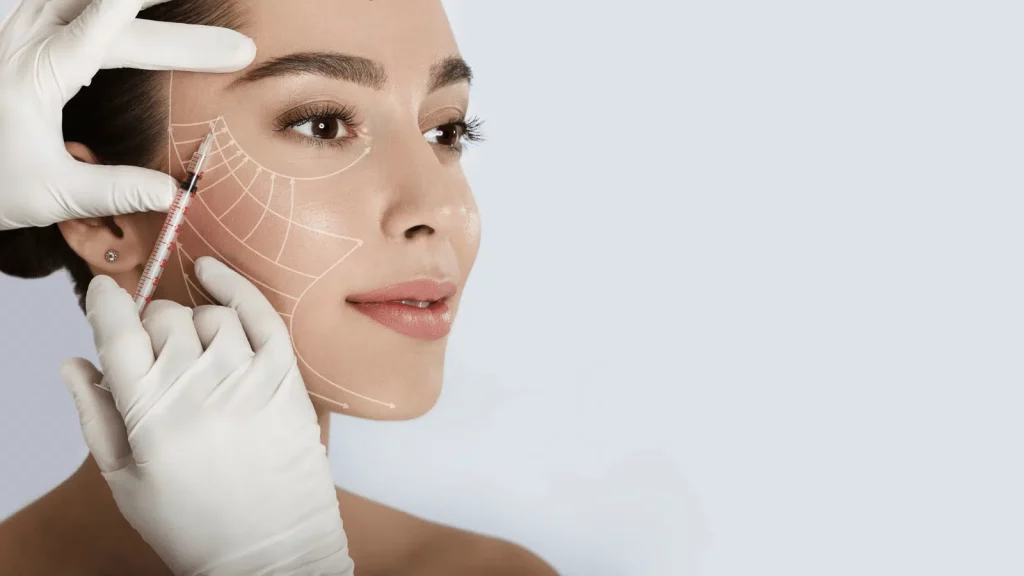
Key Differences Between Botox and Dermal Fillers
Now that we’ve covered the basics of both treatments, let’s compare Botox and dermal fillers based on several key factors:
1. Treatment Purpose
- Botox: Primarily used to relax muscles and smooth out dynamic wrinkles caused by muscle movement, such as crow’s feet, forehead lines, and frown lines.
- Dermal Fillers: Used to restore volume, plump areas, and fill in deep lines or wrinkles that result from loss of collagen or facial volume, such as nasolabial folds and sunken cheeks.
2. How They Work
- Botox: Works by temporarily paralyzing muscles, preventing them from contracting and forming wrinkles. It targets the muscle activity that causes wrinkles.
- Dermal Fillers: Fillers add volume to the skin, lifting and smoothing areas that have lost fullness or structure. They physically fill in wrinkles or depressions.
3. Treatment Areas
- Botox: Ideal for treating dynamic wrinkles caused by muscle movement, such as crow’s feet, frown lines, and forehead wrinkles.
- Dermal Fillers: Best for static wrinkles, volume loss, and hollow areas. Fillers can be used on the cheeks, lips, under-eye area, and nasolabial folds.
4. Duration of Results
- Botox: Results typically last 3–6 months before the muscle activity gradually returns. Touch-ups are required to maintain results.
- Dermal Fillers: Results can last from 6 months to 2 years, depending on the type of filler used. Some fillers, especially those containing hyaluronic acid, gradually break down over time.
5. Procedure Time
- Botox: The procedure usually takes about 10–15 minutes, and there is no recovery time. Botox is often referred to as a “lunchtime procedure.”
- Dermal Fillers: The treatment may take longer, depending on the area being treated, but it generally lasts about 30 minutes to an hour. There may be some swelling or bruising immediately afterward, but this typically subsides within a few days.
6. Side Effects and Risks
- Botox: While Botox is generally safe, side effects can include bruising at the injection site, mild headaches, or temporary drooping of the eyelids or eyebrows if injected incorrectly.
- Dermal Fillers: Common side effects include swelling, bruising, or redness at the injection site. In rare cases, filler can migrate or cause lumps, but this is usually temporary. Additionally, there is a small risk of an allergic reaction to certain types of fillers.
When Should You Choose Botox?
Botox is an ideal choice if you are primarily concerned with reducing the appearance of fine lines and wrinkles caused by repetitive facial expressions. It’s particularly effective for:
- Smoothing crow’s feet, frown lines, and forehead wrinkles.
- Preventing the formation of new wrinkles by limiting muscle activity.
- Relaxing facial muscles for a more rested and youthful appearance.
Botox is often the treatment of choice for individuals looking to maintain a fresh, youthful look without invasive procedures. If you’re looking for a quick and minimally invasive way to tackle dynamic wrinkles, Botox may be the perfect option.
When Should You Choose Dermal Fillers?
Dermal fillers are the go-to treatment for restoring lost volume and improving the contours of the face. You may want to choose dermal fillers if you:
- Want to restore fullness to hollow areas like the cheeks or under-eye area.
- Wish to enhance the shape of the lips, chin, or jawline.
- Want to smooth deep folds or wrinkles, such as nasolabial folds or marionette lines.
- Are looking for long-lasting results that restore facial structure.
Dermal fillers are especially beneficial for those who have noticed a loss of volume and definition due to aging or weight loss, as they can help plump up the skin and create a more youthful, fuller appearance.
Can Botox and Dermal Fillers Be Used Together?
Yes, Botox and dermal fillers are often used in combination to achieve more comprehensive facial rejuvenation. While Botox targets wrinkles caused by muscle movement, dermal fillers restore volume and smooth out static wrinkles. By combining the two treatments, you can address multiple signs of aging simultaneously for a more balanced, youthful look.
For example, Botox can be used to smooth forehead lines and crow’s feet, while dermal fillers can restore volume to the cheeks or fill in nasolabial folds. Many patients opt for a combination of both treatments to maximize their results.
Conclusion: Which One Should You Choose?
The decision between Botox and dermal fillers ultimately depends on your specific goals and the areas you wish to target. If you’re primarily concerned with dynamic wrinkles and muscle-related lines, Botox is likely the best option. On the other hand, if you are looking to restore lost volume or fill in deep wrinkles, dermal fillers will be more effective. In many cases, a combination of both treatments may offer the best results.
Before making a decision, it’s essential to consult with a licensed professional who can assess your skin, understand your goals, and recommend the right treatment plan for you. Whether you choose Botox, dermal fillers, or a combination of both, these treatments can help restore a more youthful appearance with minimal downtime and non-surgical intervention.

